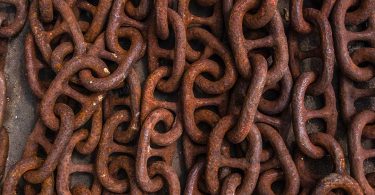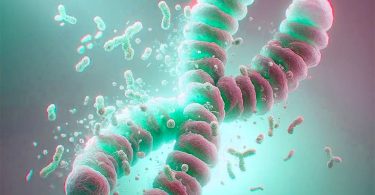The leading cause of avoidable death, tobacco is also a source of glycation, a major cause of accelerated aging.
With over 8 million deaths worldwide each year, tobacco is one of the leading causes of preventable mortality.
For the record, the other avoidable causes of death are: malnutrition, alcoholism, sedentary lifestyles, toxic substances, pollution, violence, suicide, accidents…
Whether active or passive, tobacco always represents a health risk. This risk is mainly related to the duration of smoking, but there is no threshold below which smoking is risk-free.
Smokers’ life expectancy is reduced by around 10 years, and women are more affected than men.
Researchers have shown that smoking, including passive smoking, is associated with high glycation levels, leading smokers into a spiral of accelerated aging (1). Glycation levels are higher in heavy smokers (more than 20 cigarettes a day) than in light smokers (less than 10 cigarettes a day), while no significant difference was found between heavy and medium smokers (10 to 20 cigarettes a day).
Smoking cessation had a beneficial effect on glycation levels, which returned to levels similar to those of never-smokers, but only around 15 years after smoking cessation.
Tobacco is a major cause of avoidable direct mortality. It is also a major source of glycation, the main cause of accelerated aging: a double punishment for smokers!
© AGE Breaker 06 2023
[Glycation is one of the major causes of aging. Resulting from the fixation of sugars on the proteins constituting the organism, glycation generates toxic compounds that cause cellular aging. Glycation is particularly involved in metabolic disorders, skin aging and cognitive decline.] [AGE BREAKER, patented nutritional supplements, based on rosmarinic acid, recognized by aging specialists around the world for their properties to reverse the effects of glycation.]More on www.agebreaker.com
#agebreaker #glycation #antiaging #longevitymedicine #preventivemedicine #preventivehealth #skinaging #4pmedicine #advancedglycationendproducts
(1): R.-P. van Waateringe et Al. The association between various smoking behaviors, cotinine biomarkers and skin autofluorescence, a marker for advanced glycation end product accumulation. Plos One, June 20, 2017 https://doi.org/10.1371/journal.pone.0179330









